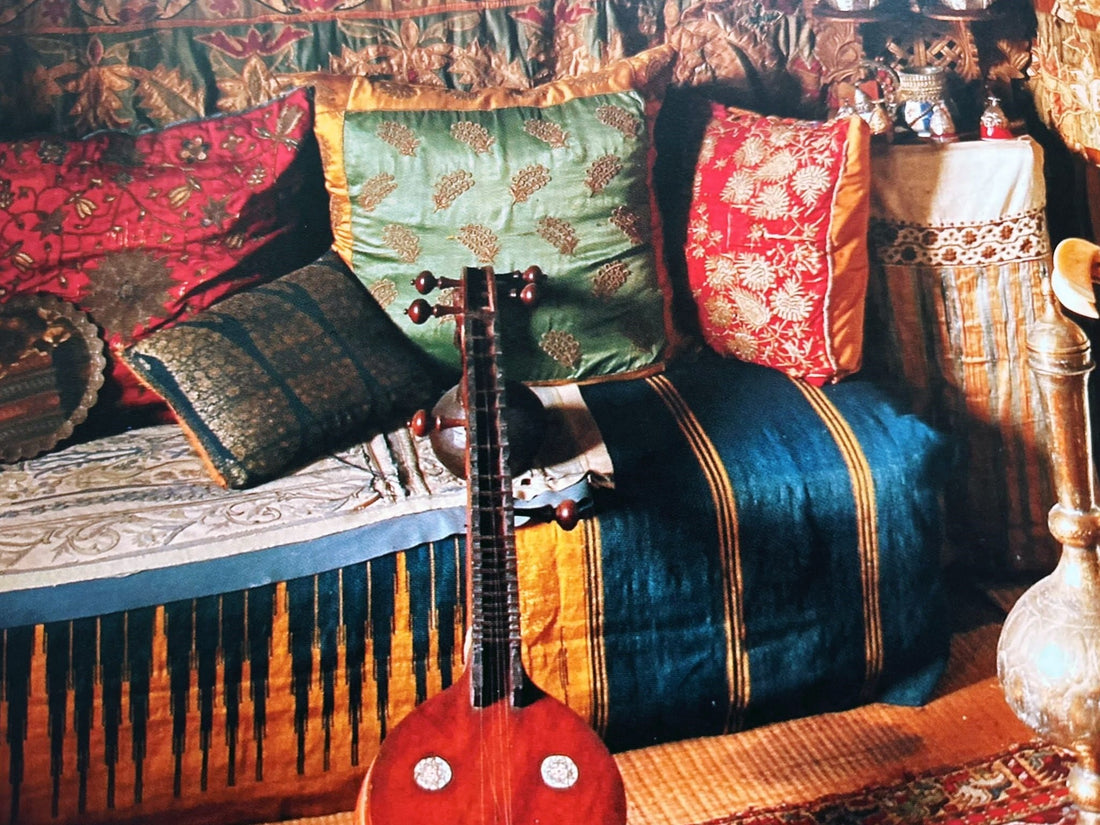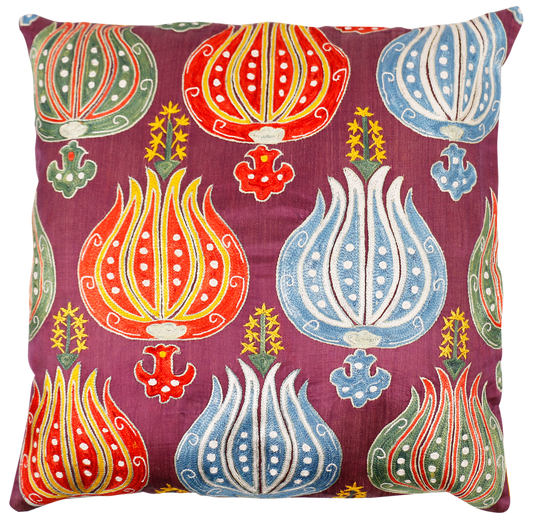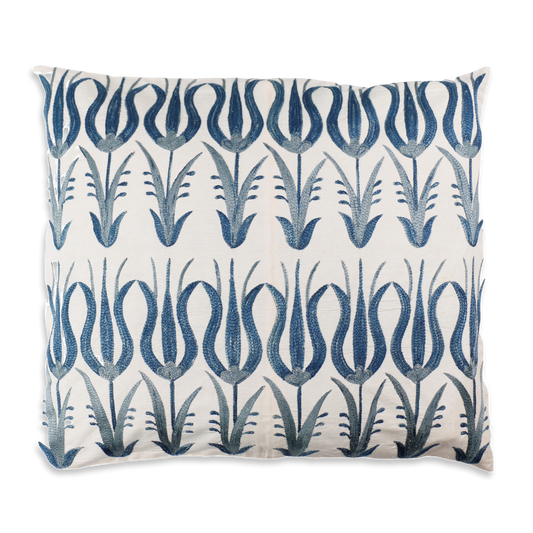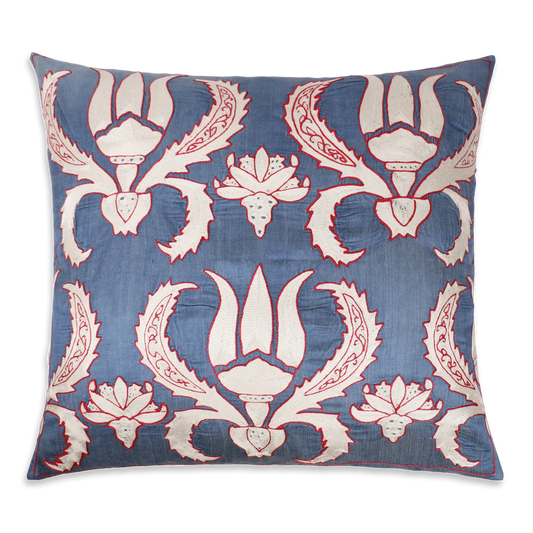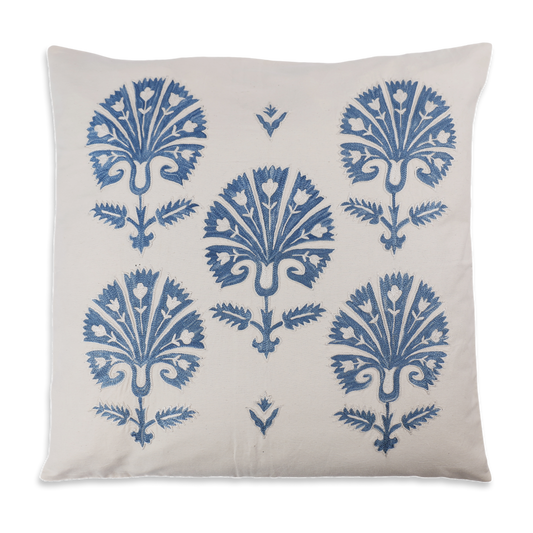Kutnu is a truly handcrafted product requiring different handwork at each stage of production. The name “Kutnu” is first mentioned in the literature in the 16th century. In the past, kutnu was called the “Palace Cloth” as it was used to make the sultans’ kaftans, and over time came to be used for clothing by the public. It always symbolised elegance, nobility, and chic as well as today. The traditional Kutnu fabric is only produced in Gaziantep located in the South-eastern Anatolia of Turkey. Having received its geographical indication in 2015, this unique handwoven silk fabric is made on wooden loops. In the past employing thousands of Gaziantep inhabitants, today, a small group of Craftsmen determined to continue the profession with painstaking hand labour by using traditional dyeing and weaving methods. The width of stripes selected colours and motif designs make all handwoven Kutnu fabric pieces unique and different from the others. Although the type of loom may have changed, the weaving method has stayed the same for almost 600 years.

Artisans manually weave this precious fabric on wooden looms with various shapes on handlooms, shuttle and pulling whip. It is a woven textile with a shiny surface and colourful vertical stripes. Warp yarns are coloured by a very special batik painting process. Especially this step has an important role among all the production stepson the Kutnu fabric appearance.
The total number of warp yarns on the looming changed from 2000 to 5000. Kutnu fabrics have different names according to these numbers and the motifs at the same time. Mecidiye, Hindiye, Zencirli, Sedefli, Cutari, Mercan, Sedyeli, Osmaniye, Sultan, Mehtap… are some examples of these names which reach up to more than 60 different types. Yarn densities are 10-12 yarns/cm in weft and 56-70 yarns/cm in the warp.

